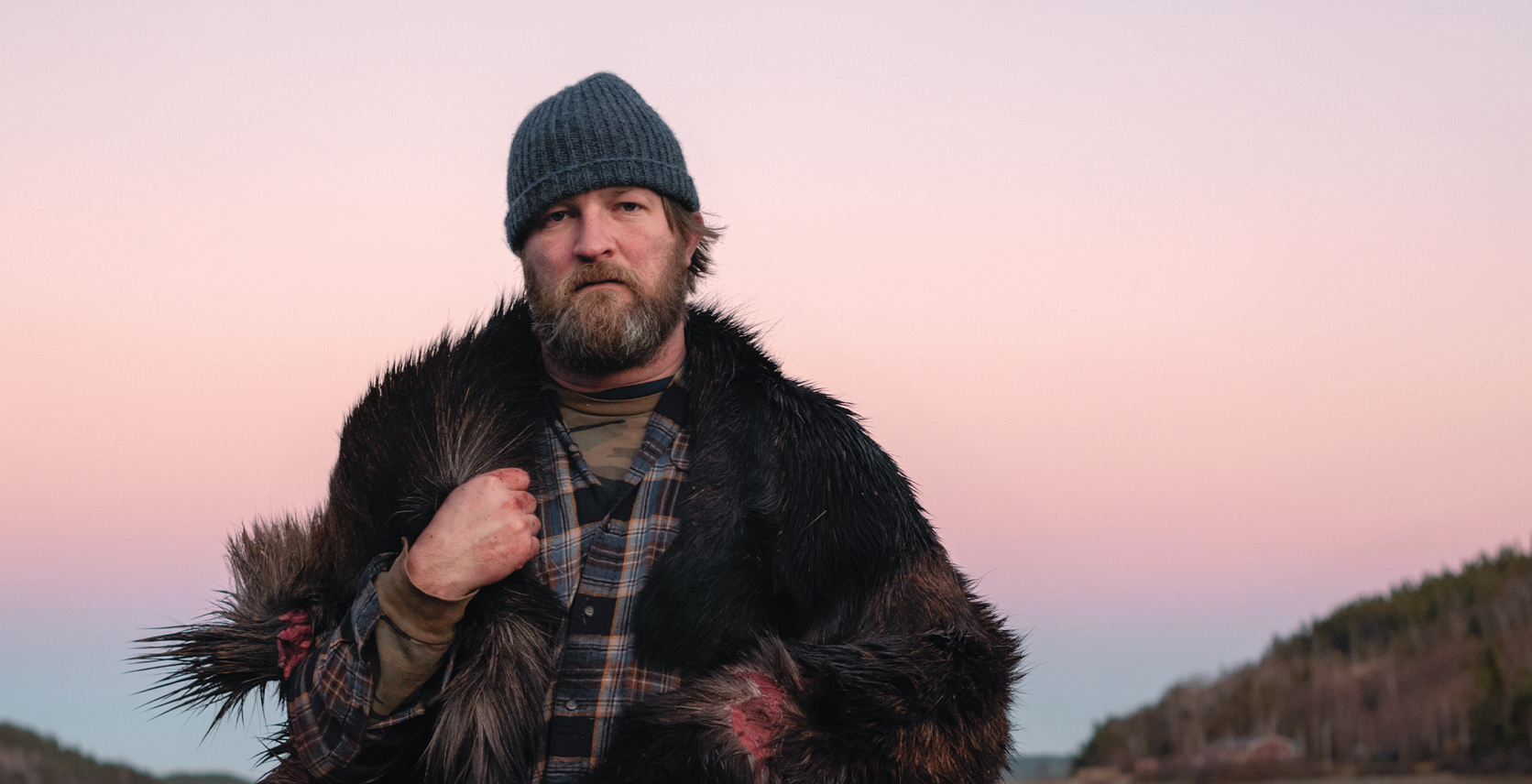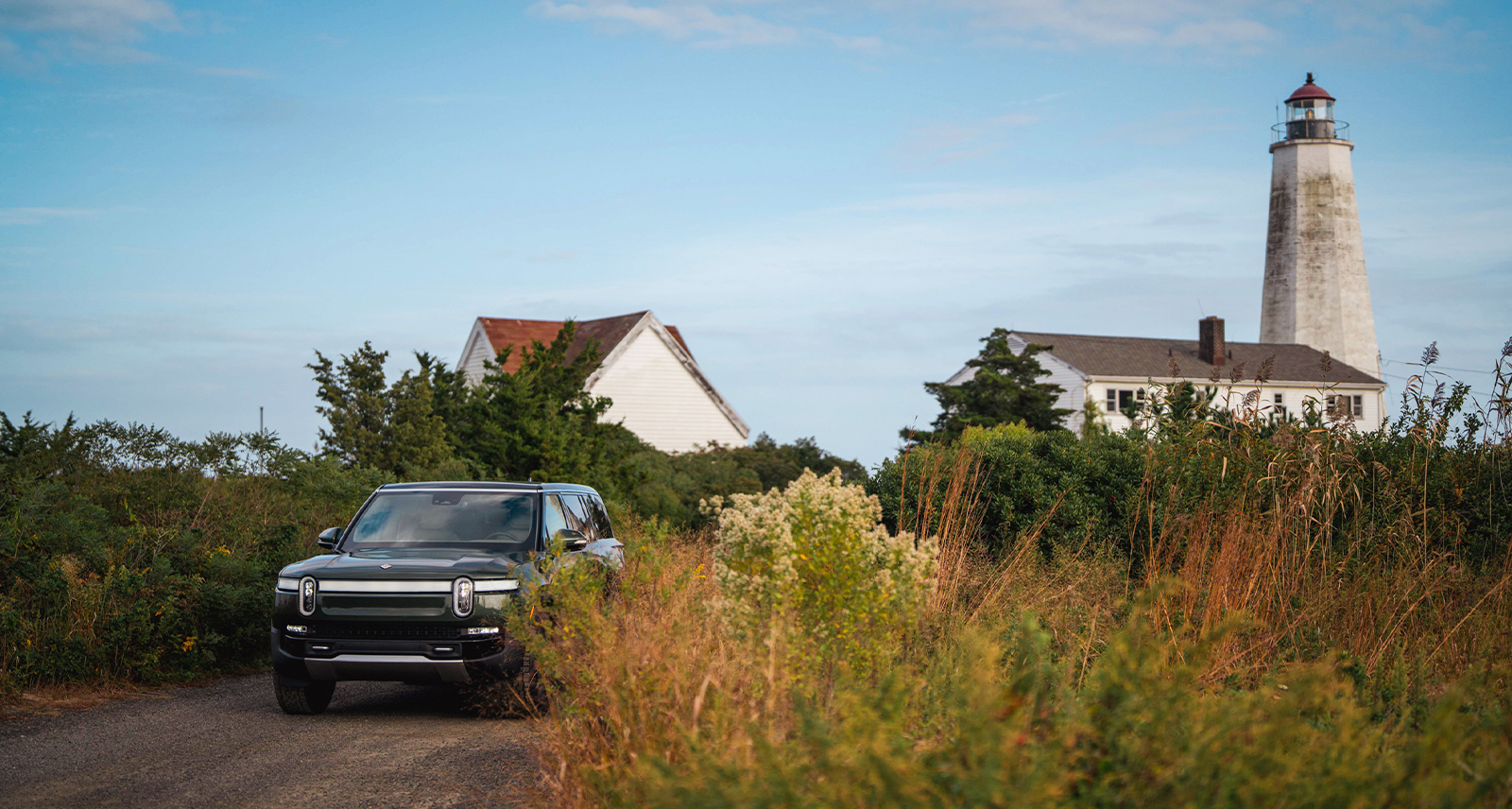Nature of the Beast: How Jeremy Charles Is Turning St. John’s Into the Ultimate Dining Destination
There’s a startling portrait of Jeremy Charles in his new cookbook, Wildness. He’s wearing a wool toque, plaid flannel shirt, and work pants that are saturated with blood. Draped over his shoulders is the pelt of a moose, still scarlet with scraped flesh on the underside, flashy as a red satin lining.
The heart of this moose was, no doubt, served with squid ink at Raymonds, the St. John’s restaurant that catapulted Charles to international fame. Freshly butchered meat and foraged edibles are part of the alchemy that established the chef as a singular force in the world of fine dining, praised by everyone from Anthony Bourdain to the New York Times. That, plus an outrageously daring imagination, a hunger for innovation, and a deep love of Newfoundland tradition.
One particular tradition that serves Charles especially well: Newfoundland is the only province in Canada that allows restaurants to serve wild game.
“A lot of my friends across the country are jealous,” Charles tells me later when he explains this peculiar judicial quirk. It means that he can create with ingredients nobody else can serve — ingredients full of the flavours of a particular place: a rugged, dramatic landscape; a province set apart by the frigid, tumultuous north Atlantic.
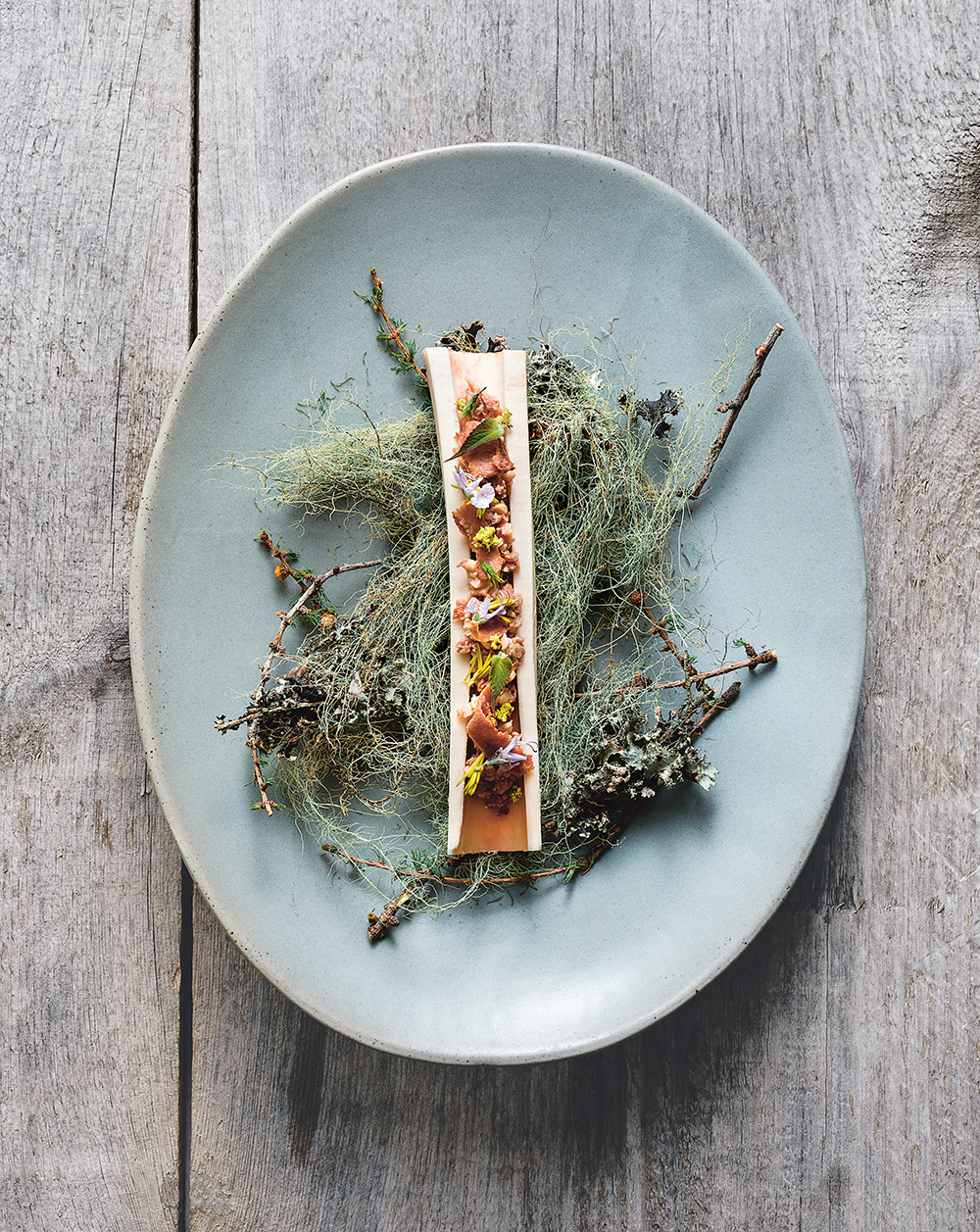
Charles takes this privilege seriously. He endeavours to use all parts of the moose, as he does the cod, and every other wild ingredient he works with. His is cuisine steeped in a reverence for nature.
“As a kid, I loved being in the kitchen with Nan and Mom, but as I was exposed to different foods while I was away, I started to wonder why we didn’t do certain things at home, like pease pudding ravioli, or smoked pork broth — that’s a very simple dish, and yet my grandmother wouldn’t have done that. Now here we are today, cooking food for people who come from all over the world and celebrating all of the beautiful things we have around us — not pineapples and foie gras, but cod and moose hearts.”
•••
I first meet Jeremy Charles in his home and follow him into his kitchen while he makes us coffee. There’s a new shed under construction out back. He plans to put a stove in there, and a big table. “A little fridge, a game of cards — have a few friends over, and cook up a few snacks,” he says.
Charles strikes me as, if not exactly a shy or private person, not showy either; he is unpretentious and welcoming. He is quick to acknowledge how all of his success is founded on his friends and family: the work of his wife, Sarah, who was the interior designer of Raymonds and The Merchant Tavern; his business partner, Jeremy Bonia, who is in charge of the wine cellar; and the network of organic farmers, fishermen, divers, and foragers who bring him the ingredients he uses to create his cuisine. Relationships are important to him.
“Food is a part of who we are. I’m just taking that and bringing it to a fine-dining setting. But I’m always thinking about where it came from.”
Charles has a quality seen in many artists: a particularly avid attention to surroundings, and to people, and a willingness to take things in, to listen, but also an unassailable inner compass — a slow-burning, energizing passion that’s directed, focused, and certain. A passion that can be, quietly, almost accidentally charismatic and igniting. A fondness for play and experimentation.
I ask Charles if there was a “eureka” moment when he realized that cooking was the right outlet for this passion.
“Food is a part of who we are,” he says. “I’m just taking that food and bringing it to a fine-dining setting. But I’m always thinking about where it came from.”
While his ingredient list now draws largely upon things distinct to Newfoundland, it actually took leaving his home province for Charles to realize that cooking was the right outlet for his passion. At 19, he followed his now-wife to Montreal, and at first made his living tying salmon and trout flies. “I think they hired me because I’m a Newfoundlander,” he laughs. “All that fly fishing with my dad growing up.” But the more Charles handled food, the more he felt something awaken. “I’ve always enjoyed working with my hands, and always loved texture and colour,” he says. The food industry satisfied all of those interests. It wasn’t long before he was contemplating culinary school. That’s when he really came to appreciate that he was on the right path.
“The first time I walked through the doors of that school, I thought, This is Nirvana. This is for me.”
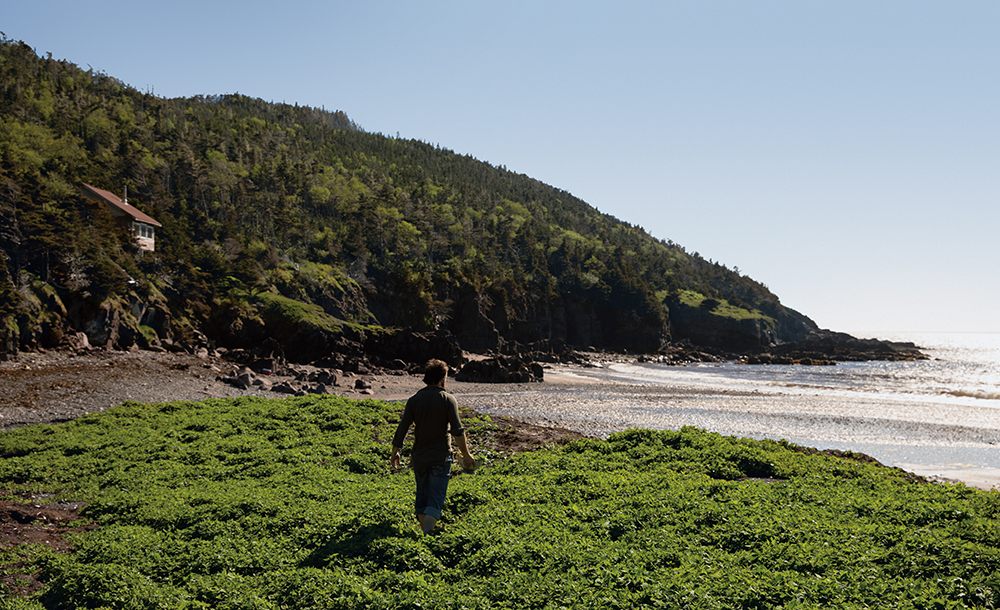
But, after 10 years spent working at restaurants in Montreal and Chicago, Charles felt the draw of home. “Working in big cities, I just kept thinking about ingredients back home,” he says. He ended up getting the chef’s job at Atlantica, a new restaurant in Portugal Cove. It was there that he began to really develop his signature technique, drawing upon traditional Newfoundland cooking and ingredients while also chasing down new edibles, exploring new techniques, and developing the contacts who allowed him to bring fresh wild game to the table.
“Starting a restaurant in Portugal Cove — off the beaten path — with a five-course tasting menu was, at that time, unheard of,” he says. “But as I was buying berries from people, people started knocking on the door with all kinds of wild stuff — people who just enjoyed taking a walk in the woods and thinking outside the box about things that come from Newfoundland.”
It was also at Atlantica that Charles connected with Bonia, then responsible for wine pairings. The duo’s combined skill launched Atlantica to the number one spot on the 2007 edition of enRoute magazine’s Best New Restaurants list. Their reputations sealed, they soon decided it was time to open their own place. In 2011, a year after opening, that place — Raymonds — took home its own Best New Restaurant honour.
Since then, it’s been a busy few years for Jeremy Charles: he’s opened a second restaurant, The Merchant Tavern, and was approached by Phaidon last year to write a cookbook.
Charles admits he never thought of himself as a potential cookbook author before that. “I was someone who hated high school,” he says. “If I had to do a presentation, I was just as likelyto not show up. Now, I find myself standing up to talk to audiences of a thousand or more.”
•••
Granted, Wildness is more than just a cookbook with recipes that require ingredients straight out of the waters and forests of Newfoundland: it is a powerful testament to the beauty of a landscape and culture all but ravaged by the cod moratorium of 1992. Over 256 pages, Charles calls for a deliberate return to folkways, helping readers to better appreciate old riches by making them new.
At one point while reading, I look up from Wildness and ask my husband: “Do birch trees have syrup? Says here, ‘drizzled with birch syrup.’”
The cookbook is a bevy of secrets flicked open like a razor clam by a pocketknife. Here are all the things the province is rich with — and here is how to cook them. The things we never touched or feared were poisonous, things eaten only in shame because there was nothing else: even a lobster sandwich in a child’s lunch pail was considered a mark of poverty, once frozen food and McDonald’s found their way to the island.
And here also are things we’ve always eaten: seal, capelin, partridge, grouse, scallops, baked apples, blueberries, patridgeberries, and hard tack — but presented in sauces and gravy never before dreamt of.
There’s reference to the kind of living off the land and ocean that can be easily romanticized, tarted-up as authentic, quaint, or simple — but in fact was always caught up in complicated relations of international trade and commerce, and drew upon a rich vein of knowledge about the environment and resource extraction gathered over four hundred years of fishing, farming, hunting, and logging.
But mostly, fishing.
And mostly, fishing cod.
Self-identified bayman Jerry Hussey writes in Wildness that “handlining is an ancient way of fishing that doesn’t disturb the fishing ground, or disrupt their feeding patterns the way gillnetting and bottom-trawling do. Sustainable, handlined cod commands a premium price, which is why it goes to people like Jeremy.”
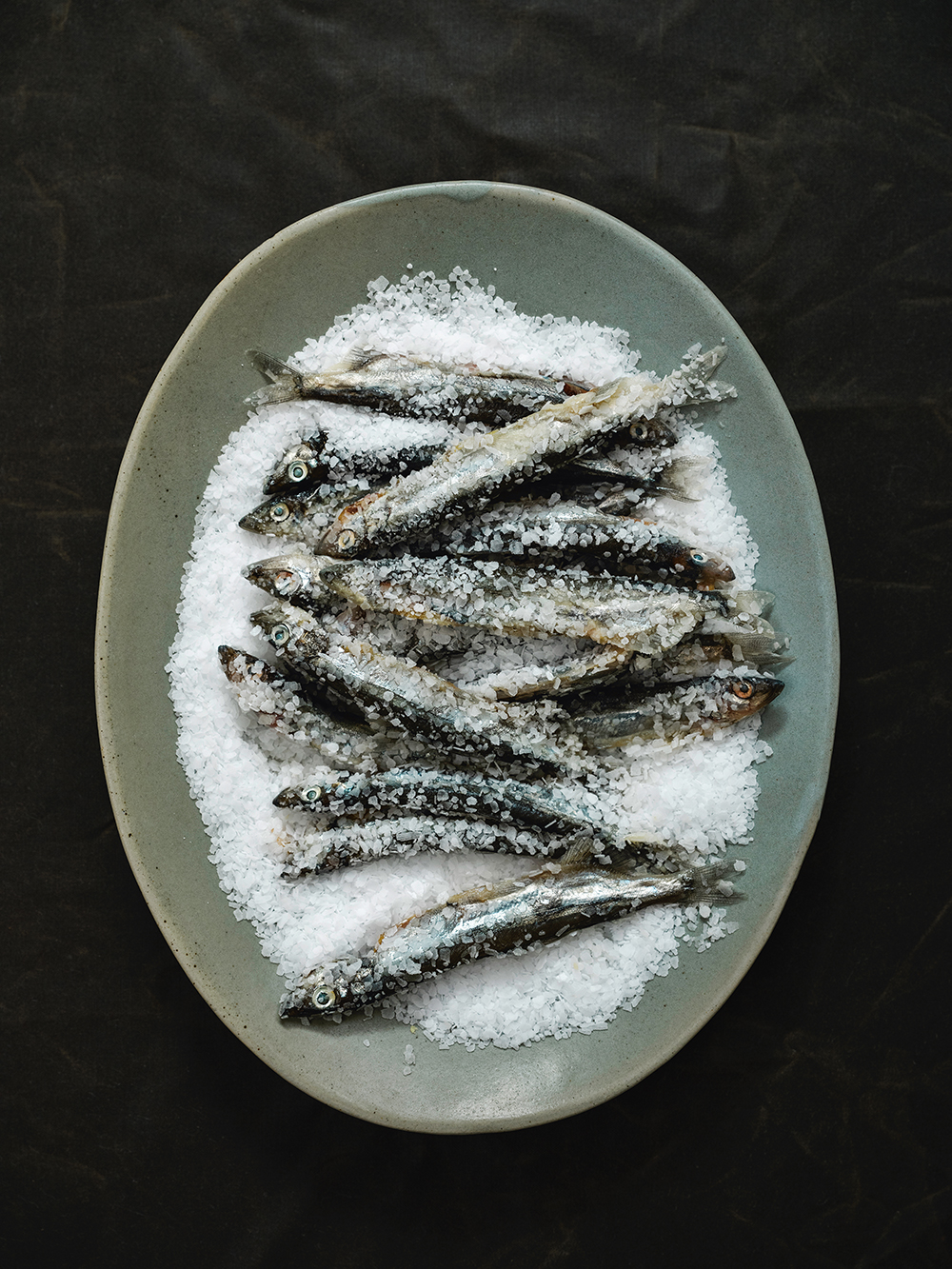
Jeremy was 16 years old when the cod moratorium was announced. It rang out a death nell for a way of life, and nearly severed a younger generation from the kind of knowledge about sustainability and food production that is gleaned through informal apprenticeships, and family ties, a knowledge passed down from parents and grandparents by example.
I can remember my own father plucking open a partridge and showing me the berries and green leaves that tumbled out of the carcass, undigested. These berries spilling from a thin, grayish, blue-veined membrane pricked with the tip of a sharp knife seemed to me an illustration of everything that goes on in the cycle of life, the secrets of getting food from the land, all of it present in the distinct scent of blueberries, blood, and floating feathers.
I can’t remember the last time I had partridge.
But I remember, with a Proustian clout, the moment at Raymonds when I tasted Jeremy’s rabbit ravioli. It was nothing and everything like my father’s stew. My entire childhood swept through me, if only briefly and wordlessly. It was present. The clank of the cleaver on the cutting board when my father severed the rabbit’s paw from a carcass to let me keep it in my pocket for good luck.
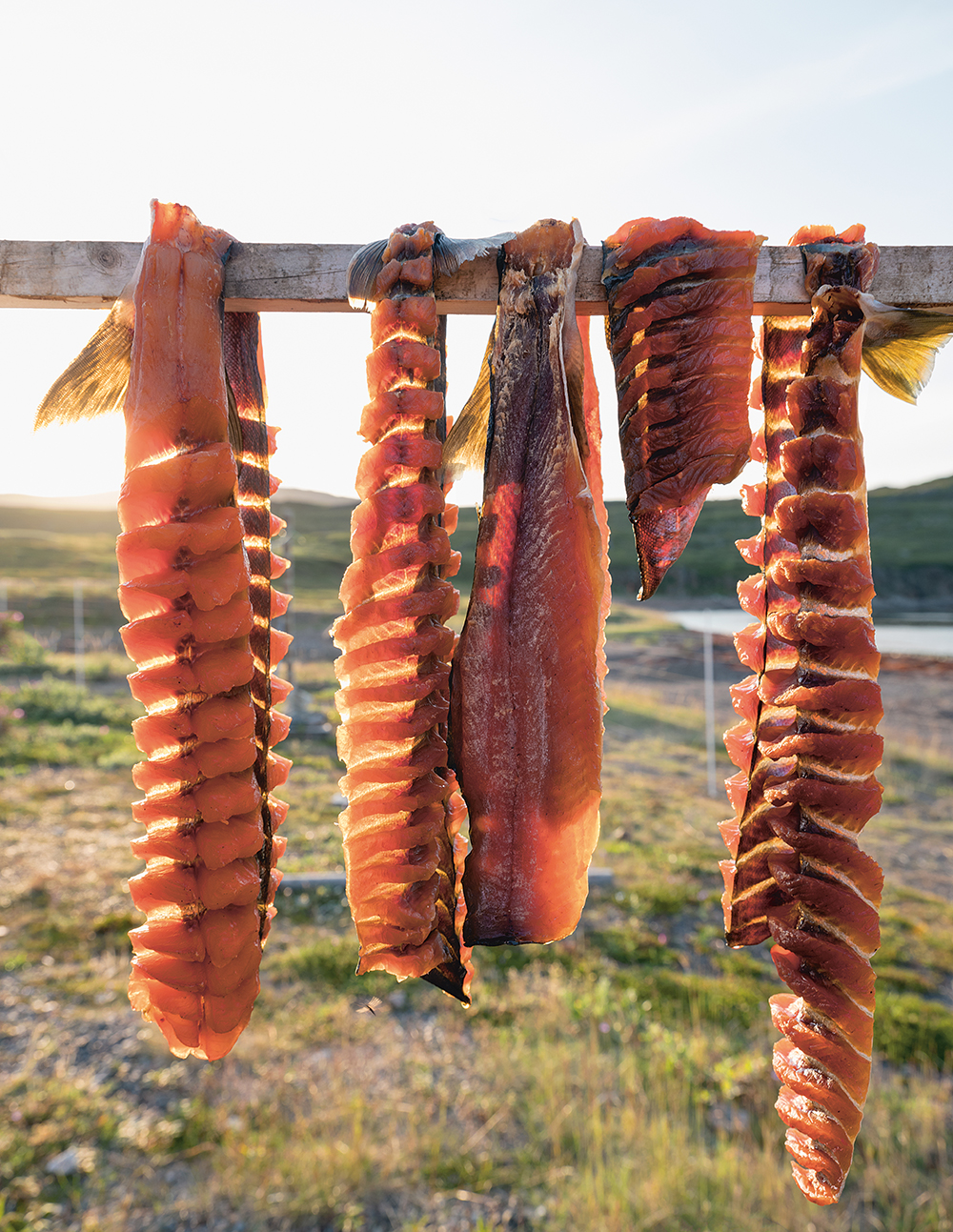
The intensity with which Charles’s cooking can evoke the childhoods of a certain generation of Newfoundlanders is a secret ingredient for many of us here. But it’s not an ingredient spoiled by nostalgia, because these are brand new recipes. Ingredients that were never utilized in Newfoundland cooking. Whelks, for example, are referred to in Old Perlican, where Jeremy fished as a boy, as tire plugs, because they are so tough.
“Little do they know that if they’re cooked slow and low, they are really something,” Charles told me. “Or over an open fire. Smoked. Or eaten raw.”
•••
If anyone can convince people to seek out whelks, it’s Charles.
“We get a lot of chefs coming from all over the world to see what we’re up to here,” Charles tells me. “They come for a couple of weeks and cook in the kitchen with us, or they come for the whole summer.”
As you might expect, communicating what Charles is up to in the kitchen often requires him to take visitors to the far reaches of the woods.
Working in Chicago as a young chef after culinary school, Jeremy tells me, he realized that “All the meat and produce were delivered to the back door in plastic containers.”
This clashed with the cooking he’d witnessed as a boy, back when he’d spent summers around the bay, fishing and selling cod tongues on the shore for pocket change. The ability to establish a closer connection to his ingredients was part of what drew him back to Newfoundland in the first place.
Now, as a chef and restaurant owner, Charles has not only developed a network of hunters, fishermen, and foragers who are bringing him game and wild edibles straight to Raymonds and The Merchant Tavern fresh from the barrens, the ocean, and the forest floor — oftentimes, he’s still out there hunting, fishing, and foraging himself.
“We go through hundreds of pounds of chanterelles at the restaurant,” Charles says. “Growing up, I was taught that mushrooms are poisonous. Newfoundlanders wouldn’t have anything to do with them. But now, people are picking these beautiful golden mushrooms and delivering them straight to the restaurant door.
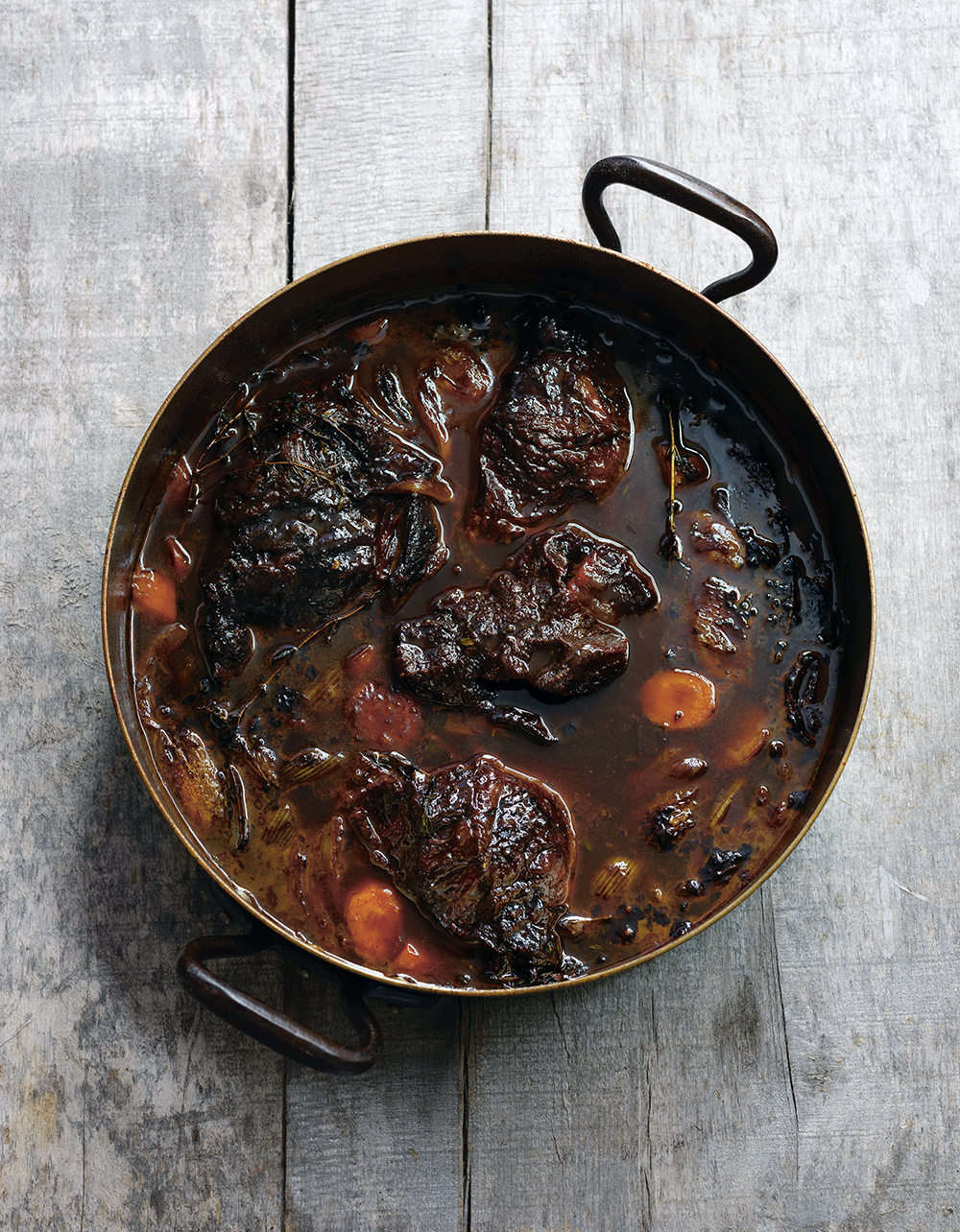
“There’s nothing like coming across a huge patch of golden chanterelles in the woods, and they are — literally — gold. What a way to spend an afternoon. Walking around in the forest. It’s so peaceful. I get out there as much as I can.”
This is exactly the kind of afternoon that earns Charles praise from the New York Times for fare that is “both rustic and sophisticated.”
As he’s attracted a spotlight to Newfoundland’s food scene, other fine dining restaurants have followed in his footsteps — a development that Charles says he welcomes. “We aren’t holding our cards to our chests,” he says. “Everybody is sharing.” There’s a willingness to grow together — evident, for example, in the friendly annual burger challenge. Most restaurants participate.
Evidently, Charles has a deep respect for his surroundings, one as apparent in every dish he cooks at Raymonds as it is in Wildness. It’s that humbleness in the face of nature that the book’s opening portrait of him — moose pelt slung over shoulder — captures so well. Jeremy Charles appears in the grips of awe — moved by the bounty that surrounds him.
“There’s no other Newfoundland in the world,” he says. “At Raymonds, it’s not just the food or the plate. It’s the stories behind the food. It’s the stories of this place. There’s no other place like it.”
